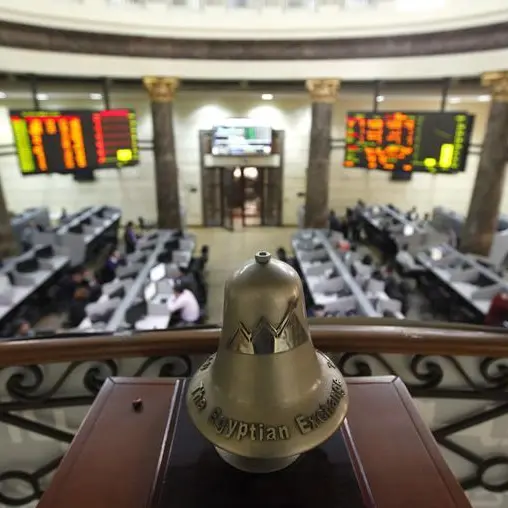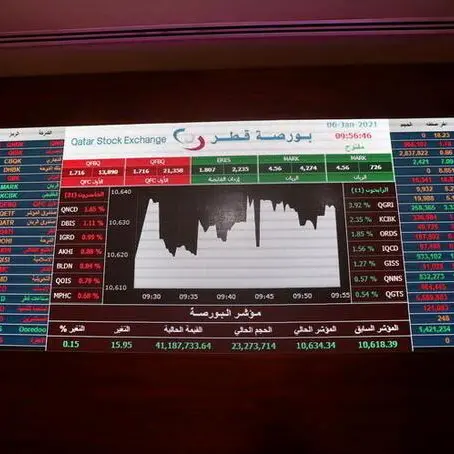Wednesday morning will tell us the composition of the next U.S. Congress, be it the widely expected ‘blue wave’ (the Democratic Party securing the majority in at least one of the two chambers) or the ‘red wall’ (the Republican Party defending their current majority in Congress). Yet, there are a lot of burning questions in US fiscal policy that need to be answered in the near term.
The first date to keep in mind is 7 December. By then, several appropriation bills need to be passed by the current Congress to avoid a government shutdown, i.e. a temporary closing of parts of the US government due to a lack of funding.
Empirically, a deal tends to be reached in the last minute only, leaving us in suspense for a month or so. On 1 March 2019, the statutory debt ceiling will be reinstated. Barring another suspension or timely increase, the US Treasury will be kept from issuing more debt.
It is assumed that the liquidity buffer will last until August 2019. Questions could also arise about the implications of a potential US government solvency problem, which could keep the bond market busy over the next summer.
The outcome of the midterm elections will have an impact on these issues, as well as on the overall direction of US fiscal policy. If successful in capturing at least one chamber of Congress, the Democrats plan to repeal at least part of President Trump’s tax cuts.
In the case of a ‘red wall’, we actually might see even more tax cuts, which in turn could lead to more rate hikes by the Fed. US fiscal policy will keep the US bond market volatile.
Any opinions expressed here are the author’s own.
Disclaimer: This article is provided for informational purposes only. The content does not provide tax, legal or investment advice or opinion regarding the suitability, value or profitability of any particular security, portfolio or investment strategy. Read our full disclaimer policy here.
© Opinion 2018




















